We’re reeling from another teenage suicide in our little town. That’s the second in as many months, and they were friends. I saw a picture of the two high school juniors together, taken just a few days before the first decided to end her life.
Teens have always faced an especially rough emotional time, but what has changed in our communities to explain the huge rise in suicides and clinical depression? It’s not just teenagers, either.
There’s no simple answer; it’s a complex problem, and it will take complex strategies to change this dynamic. But there are reasons for the increase, and there are things we can do, as individuals and as communities, to make a difference every day.
We are forgetting how to connect in person, and we’re not teaching that to our children.
That means that when we are in face-to-face situations, we don’t know how to share important feelings and concerns.
It’s easier to share those concerns online, behind a screen and keyboard, and not have to be accountable for our words.
Sharing things online that you wouldn’t share in person makes it easier for you to pretend like you’ve addressed your loneliness and fears. But you haven’t, if you’re not dealing with them in real life, in person.
Here’s my observation: Though we feel connected to our contacts on social media and through our devices, we are missing key contact points. I have very close connections with people I’ve never met in person, I love them, and I believe in those relationships. We can get a lot out of our virtual connections, and I’m grateful for the incredible encouragement, kindness, and genuine care I’ve received over the years through those online friendships.
There are details, small, subtle details that come with a face-to-face conversation that are impossible to compare to our online discussions. There is a limit to what online relationships can provide in real life. Without a hug, a pat on the back, a handshake, we are missing the humanity in our relationships.
When we are face-to-face with another being, we are not only seeing the fine lines in their faces, their smiles, assessing whether they are being genuine. We are not only sensing their feelings toward us, the eye contact, and the body language.
There are many cues we receive subconsciously when we are face-to-face, including scent, micro-expressions, and more.
We are getting closer, every day, to having AI emulate almost all aspects of our human relationships. So what is the difference between us and machines, if we feel like our online relationships are enough for us?
People are desperate for real connections with real people, and most of us don’t even know it. Some people believe that their online relationships are enough, until they just aren’t. Our online relationships can only go so far, and can only make us feel alive and connected for a brief period of time.
Eventually, loneliness sets in.
As human beings, we are designed to touch, to sense with our fingers and skin. We are designed for real contact through touch of hands, hugs, sight, and scent. Ask anyone who has studied this aspect of our brain activity; read Happy Hour with Einstein by Melissa Hughes for a basic understanding of the impact of touch on our neural pathways.
Or just search online with keywords brain, touch, science.
Where we’re seeing this play out is in our children. Thanks to what they’re seeing on social media feeds, they are experiencing more polarization among us, and less real contact, fewer effective, interactive conversations.
When I was a teenager, I spent hours on the phone with friends, and… boys. We would whisper into our phones until the middle of the night when one parent or another would pick up and say: “GET OFF THE PHONE! IT’S 2AM!” Those were not face-to-face, but they were real connections, hearing a real voice on the other end of the line. Those late-night phone calls have been replaced with late-night texts.
Why is that a bad thing? Because we all know how difficult it can be to read and write tone into a message. We’ve experienced miscommunication face-to-face, imagine how far this can go in text messages!
The Disconnect Between Us and Our Human Nature
If you read articles or books about brain activity, human development, and about human connection, you’ve seen references to Harlow’s Monkeys, a study done on infant monkeys and the strong need they demonstrated for life-like touch as nourishment. It was a horrible experiment, devastating to anyone who has a heart that beats for love of other beings. It was also an important study that acknowledged the need for warm, physical contact among living creatures, particularly infants.
On my previous post, Desperate for Real Connection, my friend Donna-Luisa wrote about her relationship with her teenage children:
As a person who grew up without all the technological interfacing it seemed hard to understand and appreciate how ‘young people’ socialize. I decided to change the view from the outside looking in and step into their ‘imaginary world’ as I called it then. From the inside looking out I saw the changing times and understood my parenting perspective needed to change.
She’s right, communication has changed. I get frustrated when hear generalizations about generations, but there are some stark differences between the digital native generations and those that came before. My son eloquently argued his case that gaming designers are artists. He reminded me that at one time, digital art and digital design weren’t considered art, and that even film making was, at one time, dismissed as an art form.
We need to change how we teach and model our behavior, based on the differences in how our children communicate.
Digital natives communicate differently, and we must respect those differences. Just like every generation before us, each thinks they’re unique, and each older generation makes judgments about the younger ones.
But there are also similarities. The human need for physical touch and experiences in nature have not changed.
I miss talking to him on the phone, but I miss being near him more.
As parents, educators, and humans, tolerate the chipping away at availability of human contact and experiences in the natural world, we risk more than losing people to loneliness, depression and suicide, we risk losing our humanity.
I live in Montana, which is probably one of the best places to live in terms of access to nature. That’s why I’m often surprised to hear about people, particularly children and teens, who don’t walk on the mountain trails so accessible in our town. We have more open space and parks in our little town than we do buildings, and yet, when I asked our teenagers if they think their friends and peers spend enough time outside, they describe many of their friends as “gamers who don’t see sunlight for days at a time.”
Introvert, extrovert, or ambivert, our humanity depends on our relationships with others.
That includes physical proximity and interaction. If we don’t prioritize our relationships through listening, sharing our vulnerability, and yes, hugging, we will find our isolation and loneliness increasing. If you’re wondering about the impact of artificial intelligence on our humanity, that’s where you’ll see it, in increasing loneliness because of our reliance on technology for our human relationships.
Tell me this commercial isn’t frightening:
Verizon 5GB Plan TV Commercial, '5GB for $55'
Chances are people often pay for data they never use. Recognizing how expensive unlimited plans can be, Verizon is…ispot.tv
Not only is it dangerous to walk your dog along a waterway while staring deeply into your phone, your relationship with your dog is pathetic.
If you think I’m over-reacting, watch people walking around town. Go to a playground, the local library, the airport, restaurants, and watch people with their families, children, and colleagues. This is really scary, if you’re paying attention. I once had to yell at a father with his toddler, because he was watching his phone as his toddler nearly walked into a busy street.
Being online all the time poses real, physical risk; it also poses real risk in our relationships with each other. When parents and other adults are deeply engrossed in their digital lives, they are not modeling conversation and face-to-face interaction for children and other people around them.
Where will children and teens learn how to interact with people, if not from their parents and other adults in their lives?
There is hope. In an article by Neil Hughes, I was reminded that there are times that technology can be used to strengthen our face-to-face relationships.
My challenge to our digital native generations: Develop tools to leverage technology to improve our face-to-face, in-person interactions. I’ll bet we can find ways to gamify this. Like Pokemon Go, but with encouragement to actually talk to people and to “look up”.
What can we do about this? How do we change this trajectory? I have a few ideas, and I’d love to hear from you.
First things first, put down the device you’re reading this on, and go talk to your children/friends/partner. Focus on the conversation to listen, not to respond, and make sure you have a plan for more of this kind of interaction every single day.
Time in nature is healing and refreshing. Schedule outdoor adventures.
Next? Find ways to meet up with those people you connect with online. I’m challenging you to reach out of your comfort zone and remember how to connect face-to-face. If you are afraid that your real-life personality and image won’t match up to the expectations of your online friendships, you’re probably talking to the wrong people.
Take the risk, enjoy the benefits of either a true friendship, or the lessons learned from a mismatch.
Believing our online relationships are enough for us is like believing we can gain weight by smelling the desserts in the bakery case.











